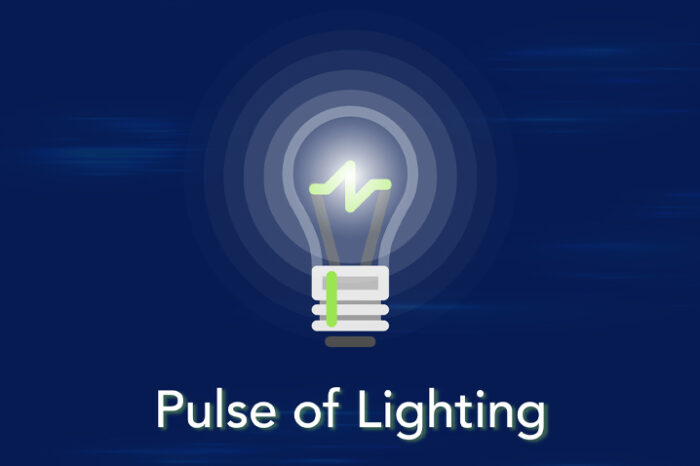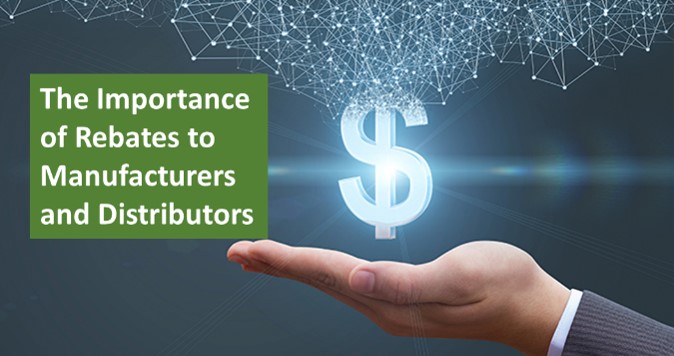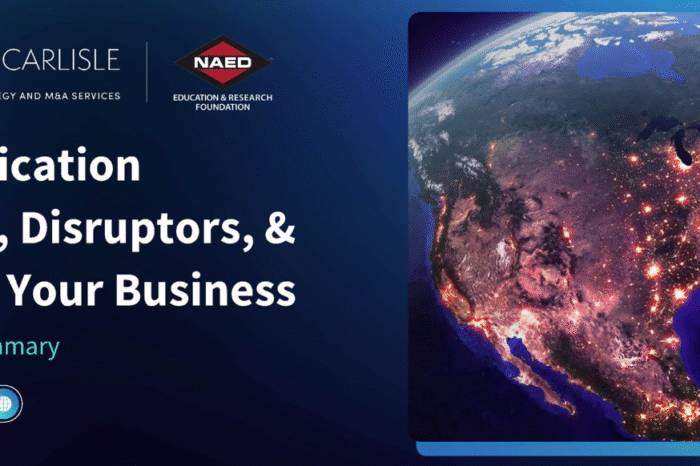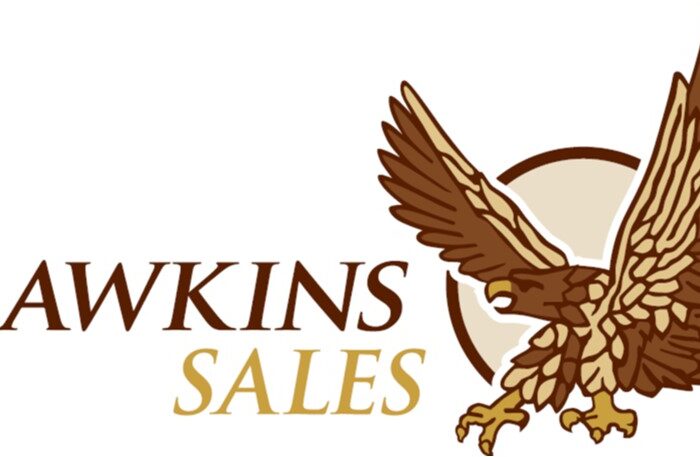2023 NAED Western Feedback
 Okay, so I debated about writing this but I received a number of calls about the NAED Western from people who thought I was there. And calls from people who were there. All were asking for my observations from the Western.
Okay, so I debated about writing this but I received a number of calls about the NAED Western from people who thought I was there. And calls from people who were there. All were asking for my observations from the Western.
Unfortunately I did not attend due to client and personal conflicts, however, I did receive feedback from a number of people and will share their aggregated input and, as appropriate, add some highlights (color commentary.)
Conference Insights
- Attendance
It was a well-attended conference. Over 600 people attended. I had a few comments that the welcome reception was a little sparser than expected. Could be people went to dinner early? A few comments / questions were:
- “Lots of manufacturer attendees and some commented that “every meeting we had we were outnumbered with the number of manufacturer people in the room, why?”, and
- “There were lots of reps in attendance, more than I ever recall, why?”
Some possible answers:
- Regarding manufacturers
- It’s Palm Springs (okay, Palm Desert)!
- It’s the first meeting of the year so national account people from manufacturers look at it as an opportunity to meet with key contacts early in the year, perhaps because they can’t connect with people in their offices.
- The Western covers multiple regions for manufacturers. No regional manager likes being left our of a regional conference even if they only have a few meetings. Doesn’t look good to their management or to their distributors. Can’t be left out of the conversation, don’t know what may be said (or what they may need to do as follow-up.)
- They have budget?
- Regarding rep attendance
- The same occurred at the NAED Eastern where there were over 70 rep attendees. In speaking with a number of reps they said:
- Reps want to network with their distributor senior management whenever they can.
- They want to show their manufacturer principals that they are engaged but, most importantly,
- Reps are frequently asked, by distributors, and especially independent distributors, to participate in the meetings to support the post-meeting follow-up. This is critical as the reps are the ones that need to deliver on the commitments from the manufacturer and help the distributor in the field.
- The reps recognize, and have no issue, in not participating with national chain meetings if the topic has nothing to do with their territory.
- And the age-old issue of “what if they want to talk about the rep?” The reality is, if that is the issue, 1) the conversation has already been had and 2) the distributor and manufacturer would not invite the rep to the meeting.
- The end result … it’s about getting something to happen after the meeting.
- And from an NAED viewpoint, it helps fill hotel rooms and boost attendance.
- The same occurred at the NAED Eastern where there were over 70 rep attendees. In speaking with a number of reps they said:
- The market
- Distributors and manufacturers were relatively upbeat regarding the business. No one expects the barn-burner results of the past few years with many understanding it was inflation and supply-chain driven. The expectation, for the most part, appears mid-single-digit results from a sales perspective but this includes backlogs that get filled plus organic growth. No one is taking a guess at copper-driven price inflation.
- The single-family new construction market is a concern for the region and most geographies .. but no surprise. While the renovation market could be okay, more of that appears to have transitioned to the big box market.
- Still supply chain issues for panelboards, meters, distribution equipment, transformers and such. The timeframe for resolving this is unknown, but not soon. The challenge is that this impacts timing needs for other material and hence project delays.
- Commercial market is variable and much depends upon specific verticals within the definition of commercial, as well as geography.
- Industrial market is expected to be okay.
- Manufacturers expressed labor challenges. Can’t get people to work in factories.
- Keynote speaker
The keynote speaker was Alex Moazed, Founding CEO of Applico, and a self-avowed expert on mobile and platform technology. Those who attended shared that they went to the session on the premise that he was going to talk about technology, perhaps disruptive technology and business models, and share some insights. Moazed has frequently been associated with talking about marketplaces. Applico’s website says they are “Digital Sherpa for Enterprise CEOs.”
Reportedly he talked about “good disruptors” and referenced Ferguson Supply, which serves a consumers and contractors in the electrical / lighting and plumbing industries as well as commercial, industrial and governmental entities with products primarily in the PVF, HVACR and waterworks segments.
And then he talked about “bad disruptors” and this is where the presentation, according to a number of people, went off the rails.
He spoke extensively about Schneider Electric’s SE Ventures’ investments in technology companies Reno Run, Kojo and Enable. He then theorized that Schneider’s objective was to disrupt the channel and essentially go direct.
For better or worse, distributors who contacted me questioned if NAED had done “due diligence” on him and/or reviewed his presentation. Obviously I had no idea and presumed rhetorical questions. They could have known his perspective / interpretation of these investment as he had a video dated October 5 where he shared his analysis of Schneider’s investment in Reno Run and Kojo.
For those who don’t know, a little background on these companies.
- Schneider has a venture capital division called SE Ventures. They make investments in many different companies. Having a VC arm, or investing in other companies is not unusual for manufacturers. Siemens has a VC firm. Acuity had a strategic relationship with Sensity years ago. Channel Marketing Group, a number of years ago, had an EV charging client that had funding from ABB. Wesco, a few years ago, invested in an incubator/ accelerator to gain early access to emerging supply chain technologies. Others do similar for early product breakthroughs and supply chain initiatives. So, investing in others is a common strategy for companies with resources. Consider it their R&D.
- RenoRun is a Canadian delivery company. Think of them as an Uber for the building materials industry. According to their website, in the US they are only in Boston and Chicago. They are no different, conceptually, than Curri, whom many distributors use and a supplier that some manufacturer reps represent.
- Kojo, formerly called Agora, is trying to assist contractors streamline order processing and digitize the process. Nominal success. About a year and a half ago only had 120-150 contractors. Some say they want to create a marketplace. They are not taking orders on behalf of manufacturers, nor do they have logistic capabilities. Now, from a Schneider perspective, investing to gain insights into contractor processes, understanding how to maintain specs, trying to identify marketing opportunities, and more, could have value. But Kojo is not much different than other contractor procurement systems.
- Enable, as many know, is a rebate management company. Today focused on volume rebates and developing a SPA process. They are not an order entry system. They are not a payment processor. And given their investments in the electrical industry and relationship with IDEA and NAED, somehow I don’t think they are trying to disintermediate the industry.
And to select Schneider as an example of a “disruptive” company given that Schneider Electric’s president, Aamir Paul, is an NAED board member and Schneider is a significant NAED supporter, irked a number of influential Schneider distributors. Of note, Schneider’s three largest distributors probably represent 30-50% of their sales. They are trying to disrupt and eliminate the channel?
Perhaps Moazed could have used a company liked Daiken, in the HVACR industry, which recently purchased one of its distributors (Williams Distributing)?
Moazed’s flawed analysis comes from not knowing the industry and lack of research. Perhaps NAED didn’t see his thought process on his video as his presentation mimicked his October video. Maybe he suggested differently? This is the same person who, for years, has essentially said distribution needs to embrace marketplaces as everything goes digital (in reality, every contractor has access to a local marketplace … they know the distributors that can serve their needs.) Perhaps either NAED should stay with generalists, economic commentators, “motivational” speakers or ensure that the speakers conduct research and / or know the industry, (and I have no idea how they select and review speakers or determine topics.)
Reportedly the presentation left many dismayed that NAED had him as a speaker.
The issue was further compounded by NAED asking the channel (distributors and manufacturers) to support an initiative to fund technologist(s) who could help distributors develop their digital strategy and provide benchmarks. It begs a couple of questions …
- why should larger distributors invest monies to support smaller distributors. Every company who has the desire to pursue these initiatives can fund the concept development aspect … and this is a competitive advantage for larger companies. Does the industry need to revert to the mean (average)?
- If Moazed is representative of the type of person that NAED thinks can guide the channel …
Moazed represents the danger of having industry outsiders speculating about future technology without having some basic understanding of industry dynamics. While there is benefit to 3rd party perspectives, they must be balanced with customer insight, which comes from research and/or industry exposure (perhaps experience.) We don’t need to be insular, or cliche-driven, but guidance needs to be informed.
As they say, timing is everything in sales.
Conclusion
While the keynote presentation created a conversation starter for the remainder of the conference, and obviously post conference, overall the feedback was that it was a successful conference for many. They accomplished what they needed to based upon the meetings that they had. Some networking occurred and insights for the year were gathered.
For manufacturers and reps, on to NEMRA.
For others, on to business.
If you attended, your observations?























